
Bone Health
Latest News

CME Content


Soy protein improved the tibia bones in female rats with poor levels of physical fitness, regardless of ovarian hormone status, according to a recent study, and researchers said the findings could have dietary implications for menopausal women.
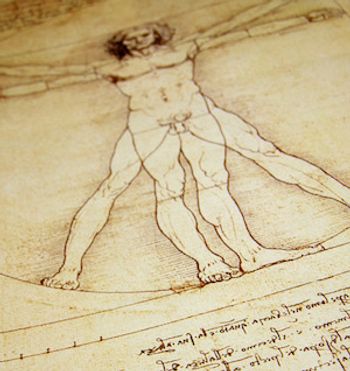
Bone mineral density (BMD) declines early in the course of type 1 diabetes in men but is little affected by the condition in women, according to a 10-year prospective study.
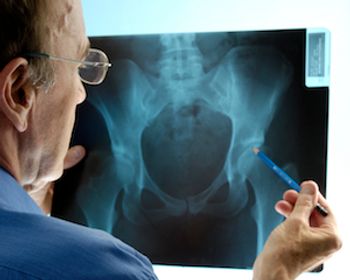
The research and therapeutic options are limited for skeletal abnormalities found in neurofibromatosis type 1 (NF1)—a haploinsufficient and multisystemic disease caused by inherited or sporadic mutations in the NF1 gene. However, denosumab may be an effective treatment option for osteoporosis in patients with NF1, according to a recent case report.

There is minimal previous research involving long-term excess mortality following fragility non-hip fractures. A nationwide registry-based follow-up study aimed to determine which fracture was associated with excess mortality and how long the postfracture excess mortality continued.

The largest genomewide association studies ever completed for osteoporosis identified 899 loci, or regions, in the human genome associated with low bone mineral density, 613 of which have not yet been discovered. The Stanford University School of Medicine researcher who made the finding said that widespread genetic screenings could predict a person's future risk of osteoporosis and bone fracture.

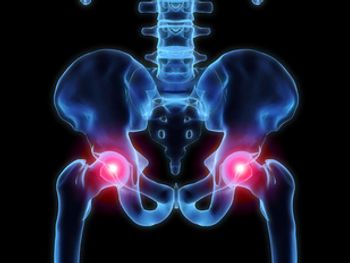
A study of more than 97,000 elderly patients with hip fracture found they were not often prescribed osteoporosis medications in an effort to prevent future fractures, and in fact, the rates declined over 12 years—a finding that surprised researchers.

A recent review of the benefits and safety of dietary protein for bone health concluded that a protein-rich diet is beneficial for adult bone health.

A study of the Mediterranean diet showed it had some beneficial effect on bone health for people with osteoporosis, but had no effect otherwise.

Acute lymphoblastic leukemia is the most common type of childhood cancer, and fractures from osteoporosis are an important cause of morbidity in patients with ALL. A recent study aimed to document the annual incidence and predictors of fractures in order to determine whether they occur years after chemotherapy.

Can older women with low bone mass decrease their risk of falls with a fitness trend called explosive jumping? One study says it’s possible, and that it may be worthwhile to incorporate muscle power training into traditional fall-prevention programs.

A recent study found an association between heavy drinking by adolescent females and poorer bone mass later on.

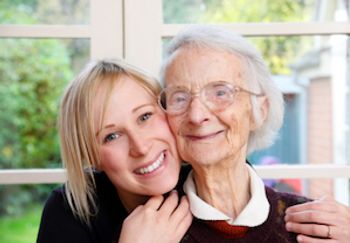
The United States Preventive Services Task Force (USPSTF) updated its 2011 recommendation about osteoporosis screening, recommending that women over the age of 65 years continue to get screened and issuing new information about how clinicians should use screening tools to evaluate women younger than 65 years at high risk for developing the bone disease.

A recent study aimed to determine the clinical and laboratory parameters associated with increased fracture risk in patients on holidays from taking bisphosphonates (BP) for osteoporosis.
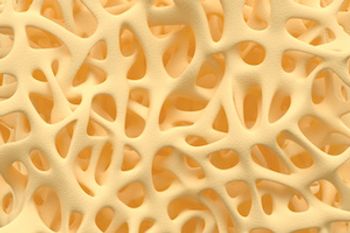
Biotechnology firm Pfenex recently reported results from its phase 3 PF708-301 study, which showed comparable overall profiles between its biosimiliar drug candidate PF708 and Eli Lilly’s teriparatide (Forteo) for osteoporosis.
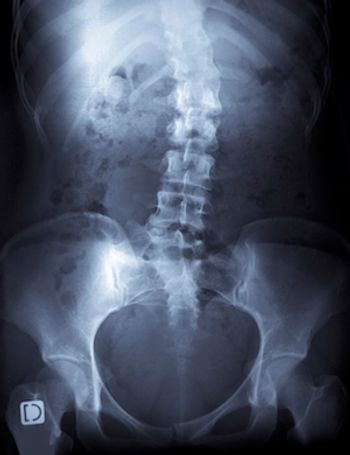
A study comparing denosumab (Prolia) with risedronate (Actone) found that denosumab could be a useful treatment option for patients newly initiating or continuing glucocorticoids who are at risk of fractures. It is the first study to show that denosumab can increase bone mineral density at both the spine and the hip in patients with glucocorticoid-induced osteoporosis.
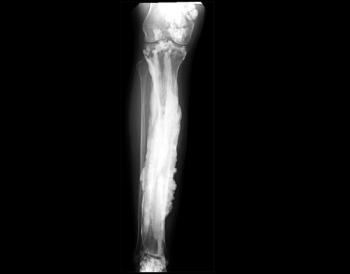
National Institutes of Health researchers have uncovered a genetic basis of a rare bone disease known as melorheostosis and said the discovery could offer potential treatment targets, provide clues about bone development, and lead to insights about fracture healing and osteoporosis.

The authors observed a marked shift toward treatment of higher-risk subsets of younger postmenopausal women (with prior fracture and/or with osteoporosis), and away from women at lower risk.

Authors of the study say the technology exists to screen seniors with type 2 diabetes and identify those at risk of a fracture.

Racial and ethnic differences in hip fracture incidence and mortality outcome were observed within a diverse population of older men, with lower rates of both among Asians.

Researchers say more work is needed to create calculators that predict fracture risk in individual patients with diabetes.

One-year mortality following hip fracture in Asian American women is comparable among Chinese, Japanese, and Filipina women, comprising nearly three-fourths of the Asian population examined.

The authors used the modified Delphi method to develop local orthopedic referral guidelines, enabling detailed decision support and non—face-to-face consultation at the point of referral.










































